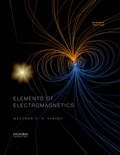
Concept explainers
a)
The
a)
Explanation of Solution
Given:
Calculation:
Consider the two vectors P and Q.
Represent the vector
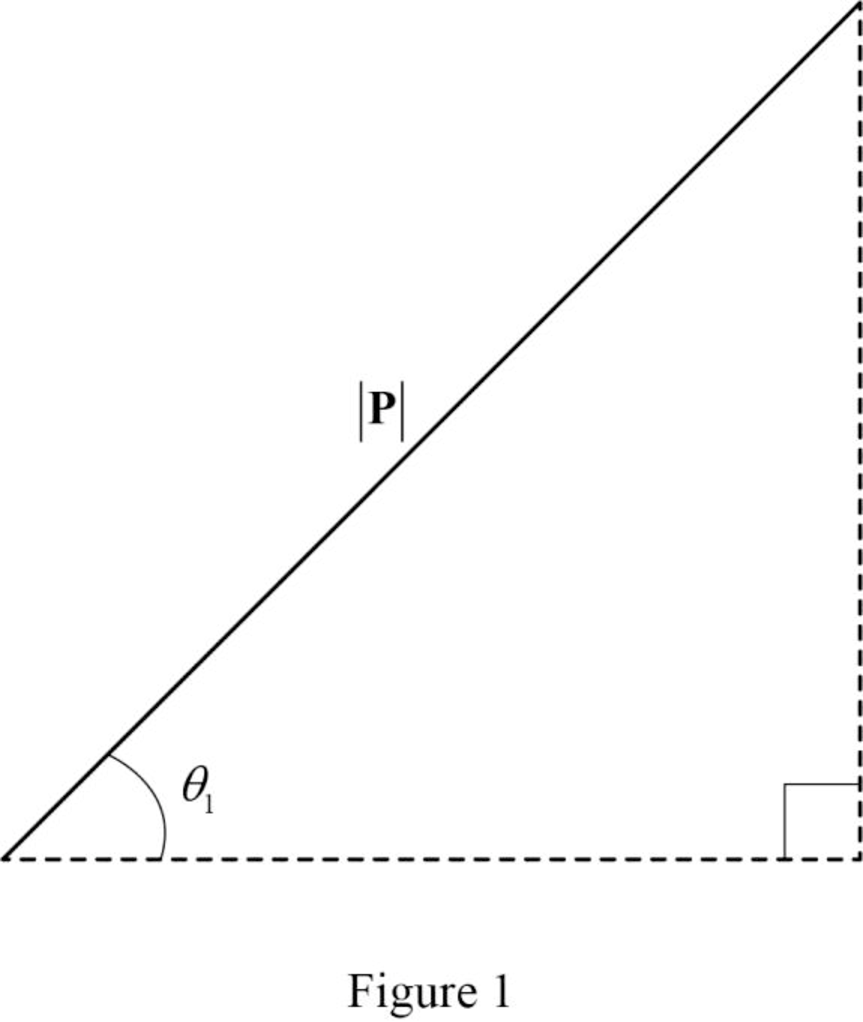
Refer the figure (1) and write the expression for the sin and cosine angle.
Similarly,
Calculate the magnitude of P vector using the figure (1).
Substitute
Calculate the unit vector along P.
Thus,
Similarly represent the vector
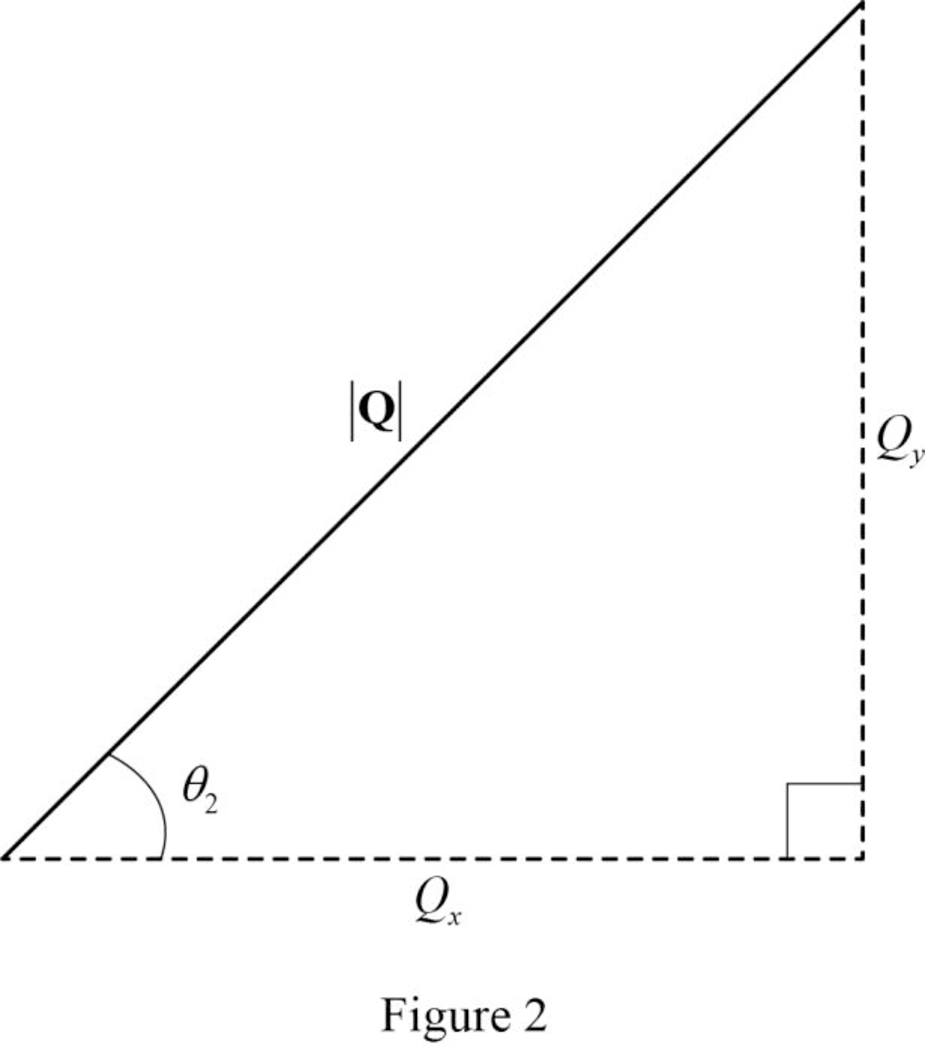
Refer the figure (2) and write the expression for the sin and cosine angle.
Similarly,
Calculate the magnitude of P vector using the figure (2).
Substitute
Calculate the unit vector along P.
Thus,
b)
The formula for
b)
Explanation of Solution
Consider P and Q is making an angle of
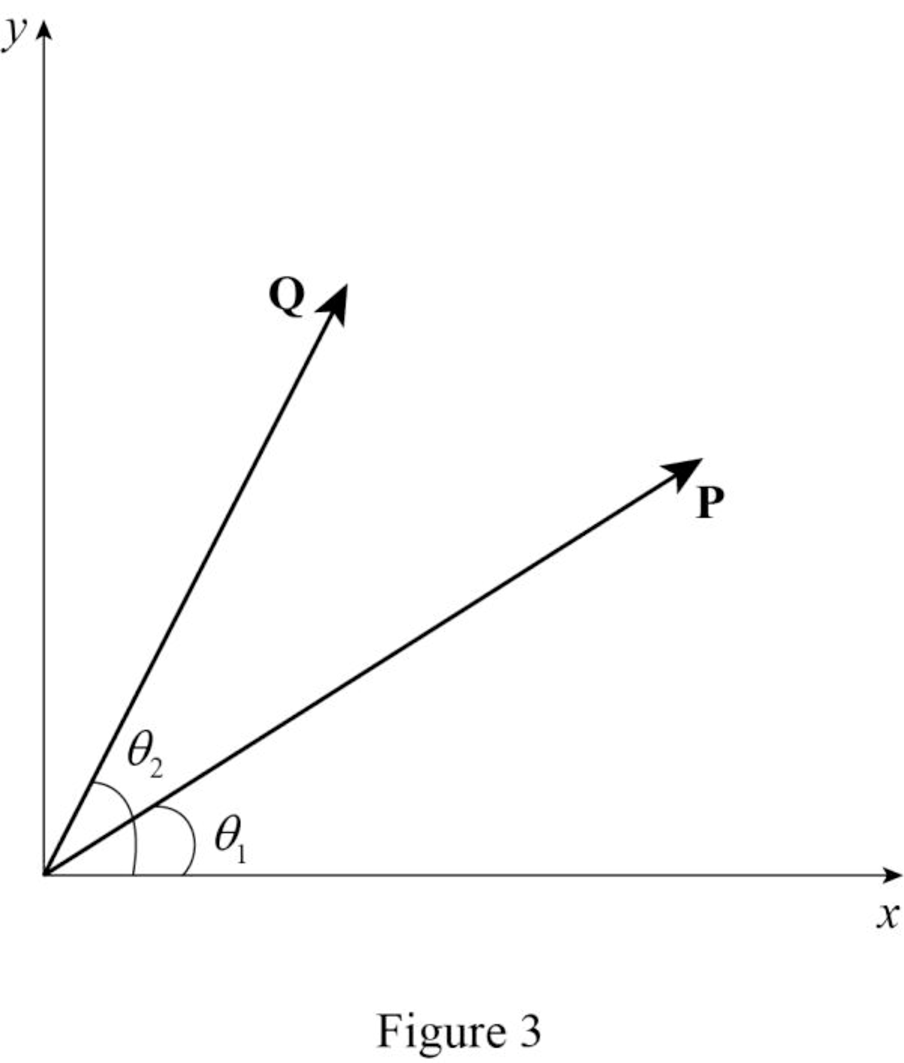
Calculate the dot product of P and Q.
Here, the smaller angle between P and Q is
Substitute the respective value in the above equation and obtain.
Thus, the formula for
Consider the vectors P and Q are making angle
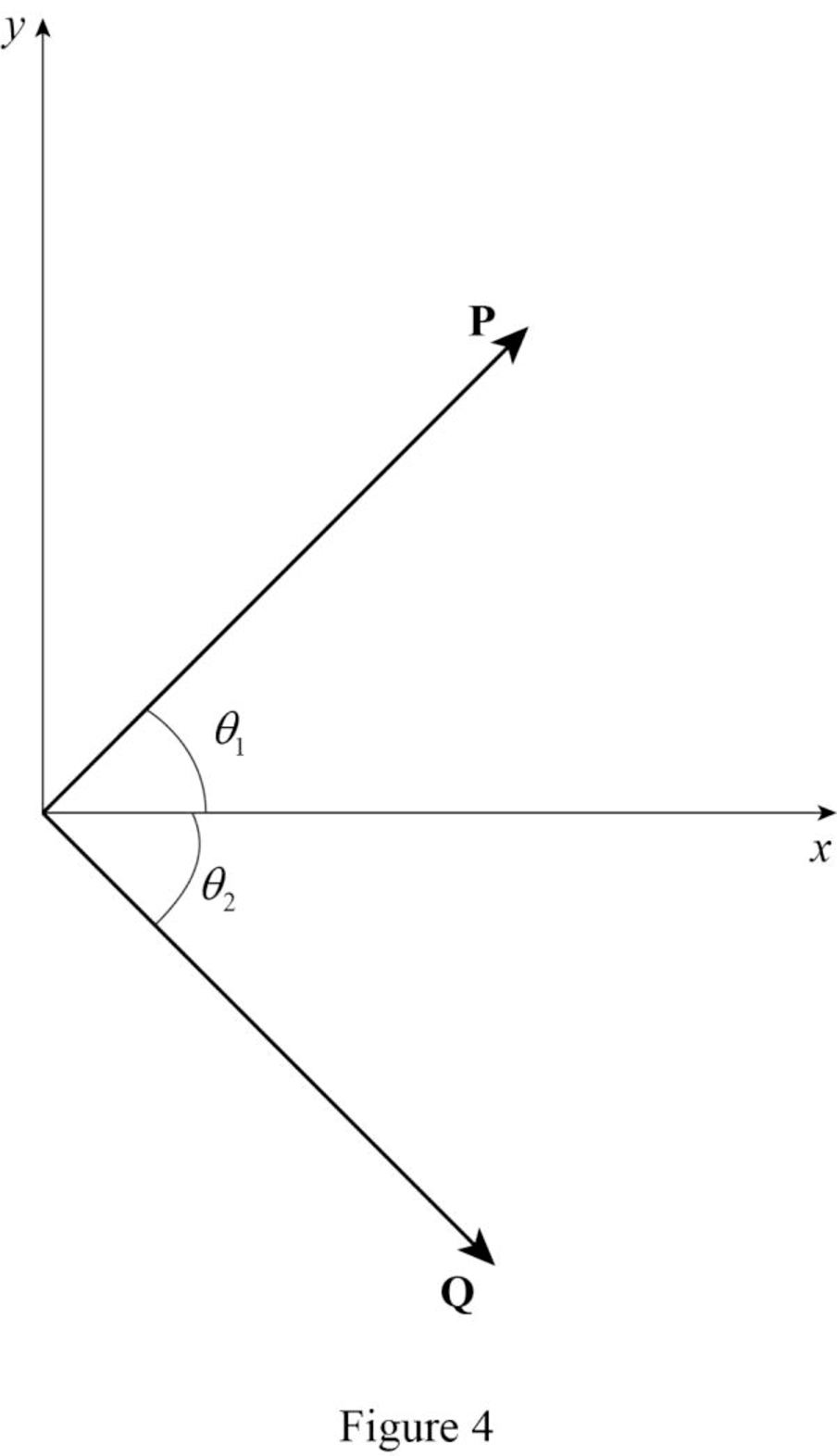
Calculate the dot product of P and Q.
Here, the smaller angle between P and Q is
Substituting sin and cosine value in the above equation and simplified as shown below.
Thus, the formula for
c)
The expression for
c)
Explanation of Solution
Consider the two vectors P and Q making an angle
Calculate the
Calculate the magnitude of
Calculate the
Thus,
Want to see more full solutions like this?
Chapter 1 Solutions
Elements of Electromagnetics
 Elements Of ElectromagneticsMechanical EngineeringISBN:9780190698614Author:Sadiku, Matthew N. O.Publisher:Oxford University Press
Elements Of ElectromagneticsMechanical EngineeringISBN:9780190698614Author:Sadiku, Matthew N. O.Publisher:Oxford University Press Mechanics of Materials (10th Edition)Mechanical EngineeringISBN:9780134319650Author:Russell C. HibbelerPublisher:PEARSON
Mechanics of Materials (10th Edition)Mechanical EngineeringISBN:9780134319650Author:Russell C. HibbelerPublisher:PEARSON Thermodynamics: An Engineering ApproachMechanical EngineeringISBN:9781259822674Author:Yunus A. Cengel Dr., Michael A. BolesPublisher:McGraw-Hill Education
Thermodynamics: An Engineering ApproachMechanical EngineeringISBN:9781259822674Author:Yunus A. Cengel Dr., Michael A. BolesPublisher:McGraw-Hill Education Control Systems EngineeringMechanical EngineeringISBN:9781118170519Author:Norman S. NisePublisher:WILEY
Control Systems EngineeringMechanical EngineeringISBN:9781118170519Author:Norman S. NisePublisher:WILEY Mechanics of Materials (MindTap Course List)Mechanical EngineeringISBN:9781337093347Author:Barry J. Goodno, James M. GerePublisher:Cengage Learning
Mechanics of Materials (MindTap Course List)Mechanical EngineeringISBN:9781337093347Author:Barry J. Goodno, James M. GerePublisher:Cengage Learning Engineering Mechanics: StaticsMechanical EngineeringISBN:9781118807330Author:James L. Meriam, L. G. Kraige, J. N. BoltonPublisher:WILEY
Engineering Mechanics: StaticsMechanical EngineeringISBN:9781118807330Author:James L. Meriam, L. G. Kraige, J. N. BoltonPublisher:WILEY





